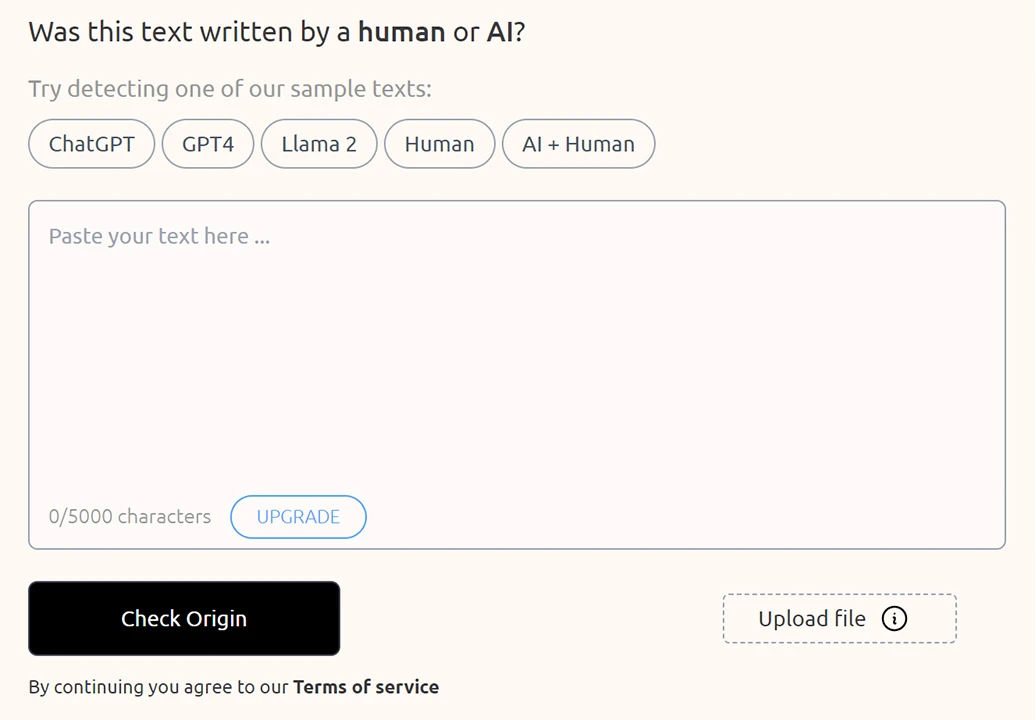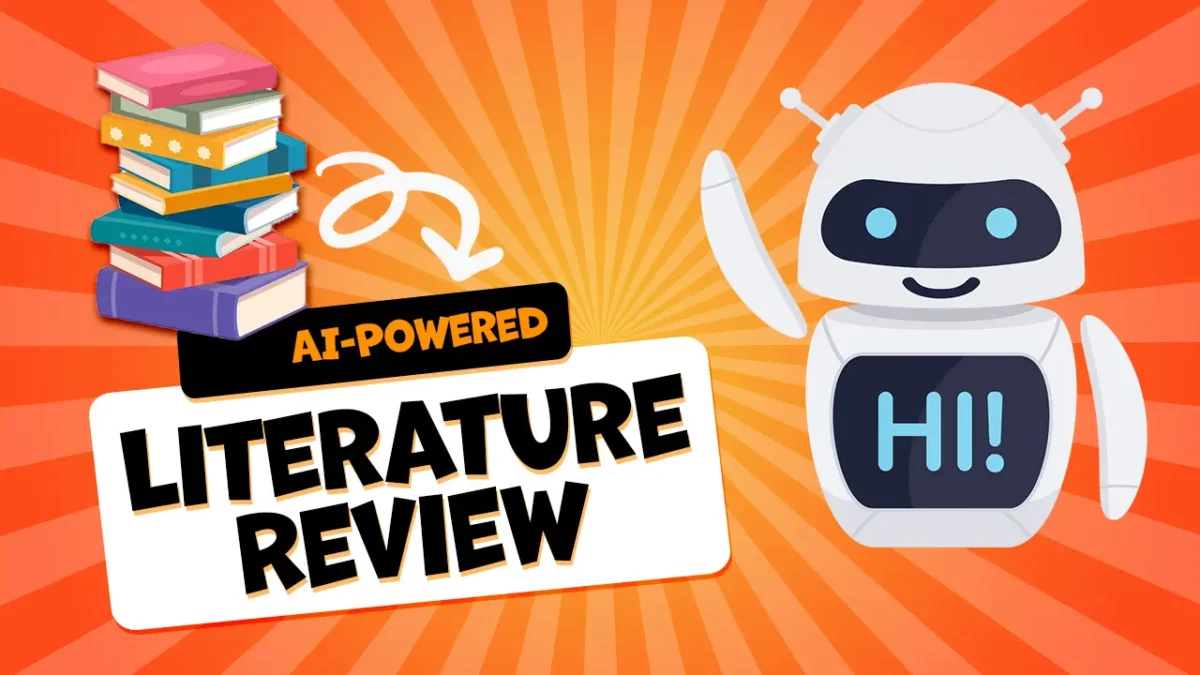The world of academic research is constantly evolving, with new studies and findings being published at an unprecedented rate. Keeping up with the ever-growing body of literature can be a daunting task, even for the most dedicated researchers.
However, the advent of large language models (LLMs), powered by artificial intelligence (AI), has opened up new avenues for efficiently navigating and synthesizing vast amounts of research.
Challenges of Literature Review
Literature reviews are a crucial component of any research endeavor, providing a comprehensive overview of the existing knowledge and laying the foundation for new investigations. Traditionally, these reviews have been conducted manually, requiring researchers to sift through countless articles, books, and other sources, meticulously extracting and synthesizing relevant information.
This process is not only time-consuming but also prone to human error and biases, as researchers may inadvertently overlook or misinterpret crucial pieces of information. Moreover, the sheer volume of literature available in many fields can make it virtually impossible for a single researcher or team to thoroughly cover all relevant sources.
Power of LAI-powered Literature Reviews
Enter large language models, a transformative technology that harnesses the power of AI to process and analyze vast amounts of textual data. By leveraging these models, researchers can automate and streamline the literature review process, drastically reducing the time and effort required while enhancing accuracy and comprehensiveness.
LAI-powered literature reviews work by ingesting and processing large volumes of research papers, journals, and other relevant sources. The language model then applies advanced natural language processing techniques to extract key information, identify patterns and trends, and synthesize the findings into a coherent and structured review.
One of the key advantages of LAI-powered literature reviews is their ability to process and integrate information from sources spanning multiple languages and disciplines. This cross-pollination of knowledge can lead to novel insights and connections that might have been missed in traditional, siloed literature reviews.
Moreover, these AI-powered systems can be trained to recognize and prioritize the most relevant and high-quality sources, reducing the risk of including low-quality or unreliable information in the review.
Ensuring Human-like Writing and Bypassing AI Detectors
While the power and efficiency of LAI-powered literature reviews are undeniable, there is a legitimate concern about the potential for AI-generated content to be detected by sophisticated AI checker whose algorithms are designed to identify non-human writing. To address this issue, it’s crucial to ensure that the output of these language models is crafted in a way that mimics human writing patterns and styles.
One approach is to incorporate advanced language generation techniques that leverage large, diverse datasets of human-written text to train the models to produce more natural and human-like outputs. Additionally, incorporating elements of randomness and variability into the generation process can help to avoid the repetitive patterns and stylistic quirks that may be characteristic of AI-generated text.

Another strategy is to incorporate human oversight and editing into the process, with subject matter experts reviewing and refining the AI-generated literature reviews to ensure they meet the highest standards of quality, coherence, and readability. This human element can also help to bypass AI content detectors by introducing the nuances and idiosyncrasies that are hallmarks of authentic human writing.
By combining the power of LAI with human expertise and oversight, researchers can harness the full potential of this technology while maintaining the integrity and credibility of their work, even in the face of increasingly sophisticated AI detection methods.
Ethical Considerations and Potential Biases
While the potential benefits of LAI-powered literature reviews are substantial, it’s essential to address the ethical considerations and potential biases that may arise from using this technology.
One significant concern is the perpetuation of existing biases present in the training data used to create the language models. If the models are trained on datasets that contain inherent biases, whether conscious or unconscious, these biases could be amplified and propagated through the literature review process, potentially skewing the findings and conclusions.
To mitigate this risk, it’s crucial to ensure that the training data used for these models is diverse, inclusive, and representative of a wide range of perspectives and viewpoints. Additionally, rigorous evaluation and testing should be conducted to identify and address any biases that may emerge during the literature review process.
Another ethical consideration is the potential for misuse or manipulation of these powerful AI systems. If LAI-powered literature reviews are used to selectively present or omit certain findings or viewpoints, it could undermine the integrity of the research and potentially lead to the propagation of misinformation or biased narratives.
To address this concern, strict ethical guidelines and governance frameworks must be established to ensure the responsible and transparent use of LAI in academic research. This may involve the creation of oversight committees, the implementation of auditing mechanisms, and the development of clear protocols for the usage and dissemination of LAI-generated literature reviews.
Conclusion
LAI-powered literature reviews are poised to revolutionize the way researchers navigate and synthesize the vast and ever-growing body of academic literature. By harnessing the power of machine intelligence, researchers can streamline the review process, uncover novel insights, and ultimately advance the frontiers of knowledge in their respective fields.
However, it’s crucial to address the potential challenges posed by AI-generated content detection algorithms, ensuring that the output of these systems is crafted in a way that mimics human writing patterns and styles. By combining the power of LAI with human expertise and oversight, researchers can strike the perfect balance between efficiency and credibility, paving the way for a new era of innovation and discovery.
